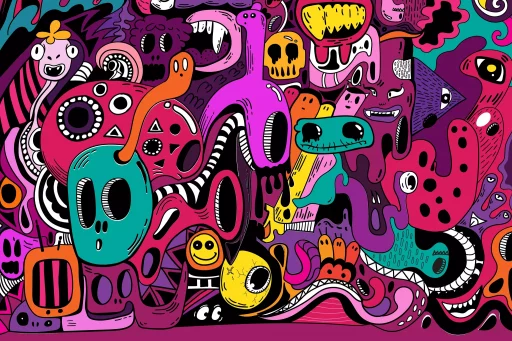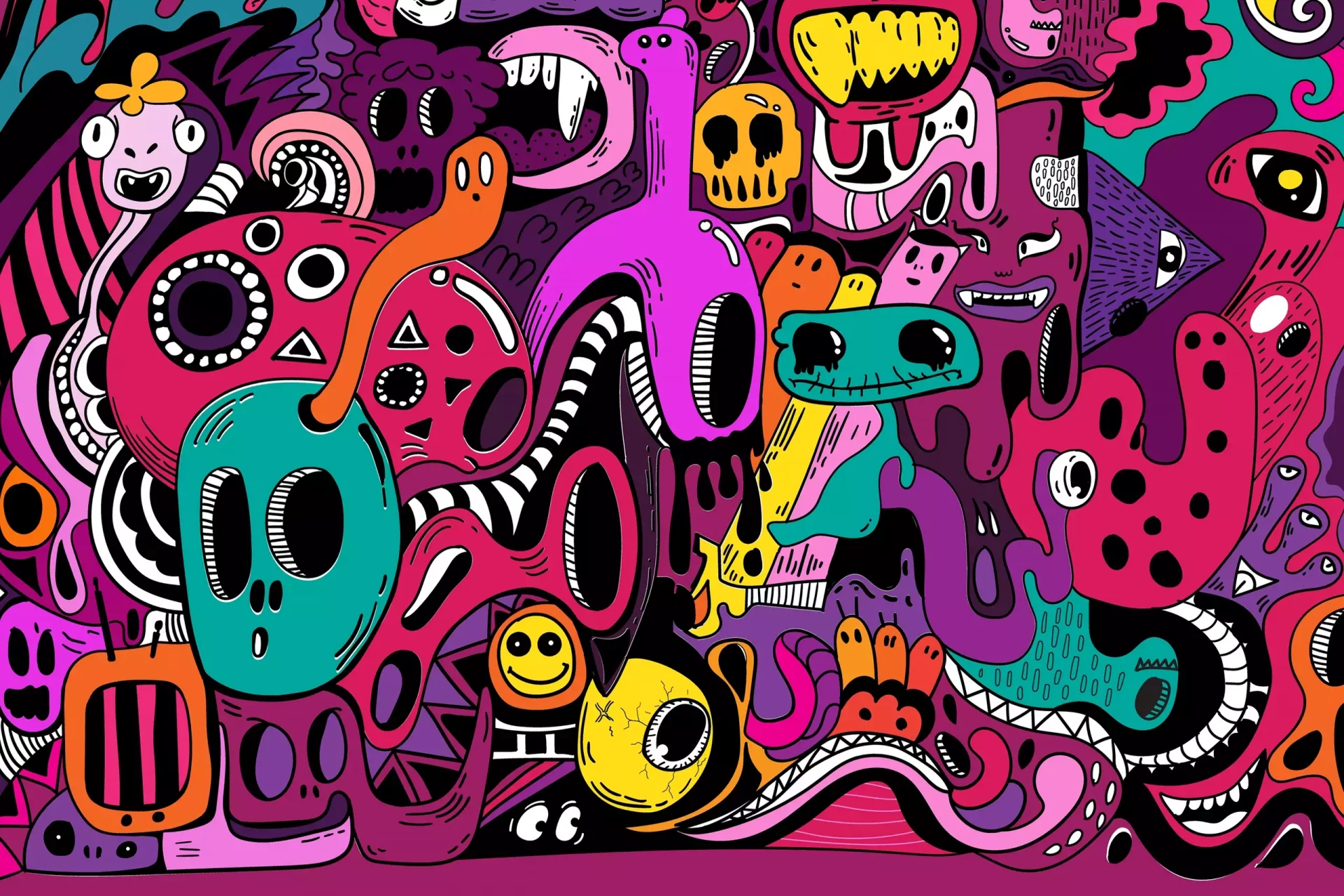Introduction to Jit Slang
In recent years, the evolution of language has taken a fascinating turn, particularly within youth culture. One such trend is “jit slang,” a form of vernacular that has gained prominence in social media and among Gen Z and Millennials. Derived chiefly from the Miami area, “jit” is a term that has quickly captured the essence of youthful exuberance and camaraderie. This article delves into the origins, usage, and implications of jit slang, providing a comprehensive understanding of its place in contemporary dialogue.
Origins of Jit Slang
The term “jit” is believed to have originated from the Miami-Dade area to denote a young person or child. It is often used in an affectionate context among friends. The word is linked to the vibrant hip-hop culture prevalent in Miami, with artists and influencers popularizing its usage through music and online platforms. As linguistic trends often do, jit slang has transcended its local roots and is now a staple in digital communication across the United States.
Examples of Jit Slang Usage
Usage of jit slang often comes with a specific cultural context. Here are some examples showcasing its application:
- “What’s good, jit?” – A friendly greeting among peers, expressing a casual and relaxed tone.
- “That party was lit, jit!” – Highlighting an enjoyable experience, where “lit” signifies excitement or energy.
- “You acting like a jit!” – A playful way to call someone immature or overly carefree.
The Cultural Impact of Jit Slang
Jit slang is not merely a linguistic trend; it reflects broader cultural narratives and shifts in social dynamics. Its rise signifies a reclamation of youth identity, where young people assert their right to define their language and culture. Many argue that its casual nature fosters connections and relatability within social circles.
Furthermore, the rapid speed of information sharing on platforms like TikTok, Instagram, and Twitter has accelerated the adoption of such slang, creating a collective lexicon among users. A 2022 survey indicated that about 56% of Gen Z respondents feel that slang terms like “jit” help to strengthen community ties, highlighting its significance in modern interactions.
Case Studies: Jit Slang in Media
Media plays a crucial role in the proliferation of jargon, and jit slang is no exception. Below are some case studies illustrating jit slang’s cultural resonance:
- Music: Numerous Miami-based artists, such as Ski Mask The Slump God and XXXTentacion, have featured the term in their lyrics, embedding it further into mainstream consciousness.
- Social Media Trends: On TikTok, challenges and audio clips utilize jit slang, resulting in millions of views and reshaping the cultural lexicon among younger audiences.
- Memes: Social media platforms have seen the creation of countless memes incorporating jit slang, solidifying its place in online humor and relatability.
Comparative Analysis: Jit vs. Other Slang
To better understand jit slang, it’s beneficial to compare it to other contemporary slang terms:
- “Bet”: Similar in usage to mean agreement, such as saying “bet” to confirm a plan.
- “Fam”: Used to refer to friends or loved ones, creating a sense of belonging.
- “Cap/No Cap”: Refers to lying or honesty, often used in scenarios to emphasize truthfulness.
While these slang terms embody diverse meanings, jit slang is distinct in its connotation of youthfulness and playfulness. Its emotional resonance allows individuals to express carefree attitudes and community spirit.
The Future of Jit Slang
As pop culture continuously evolves, jit slang’s future remains uncertain. Studies indicate that trends in slang typically last around 3 to 5 years; however, some expressions resonate longer, especially with robust media support. Jit slang may morph over time as it integrates with other cultural influences or as societal dynamics shift.
Moreover, as younger generations continue to shape language, terms like “jit” could potentially adapt to reflect changing identities and values. This constant redefinition emphasizes the fluidity of language and the role of youth in driving such transformations.
Conclusion
Jit slang illustrates the richness of contemporary language and the importance of cultural authenticity in personal expression. Its roots in community and youth culture highlight the evolving nature of communication, where each generation contributes its lexicon. As we continue to navigate the complexities of language in the digital age, terms like “jit” remind us of the power of words to connect, inspire, and reflect cultural identities.


